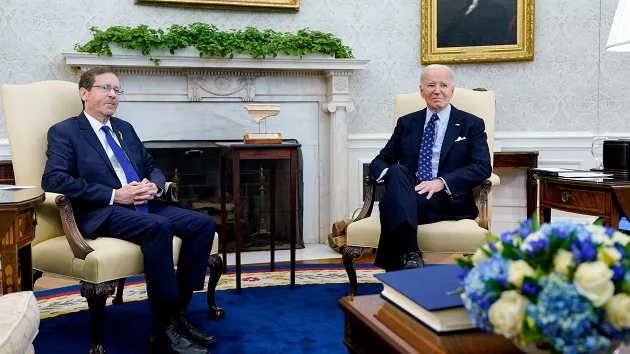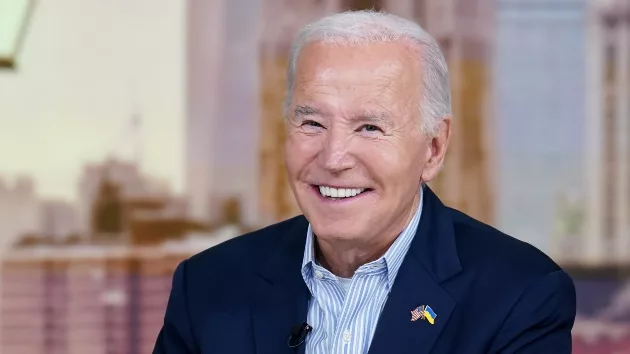
(NEW YORK) — Countries around the world will need to do more than make lofty climate promises — they will need to keep them to actually keep them to prevent global temperatures from getting to catastrophic levels.
Scientists are now painting a clearer picture on the likelihood of keeping global warming below the 2-degree Celsius mark since the Industrial Revolution, the “worst-case scenario” outlined in the Paris Agreement. A study published in Nature on Wednesday suggests that, while the climate pledges have the potential to mitigate warming, current trajectories based on how they are implemented show otherwise.
In the five years preceding COP26, 153 parties to the 2015 Paris Agreement submitted new or updated climate mitigation goals for 2030, and 75 parties provided longer-term targets to reduce greenhouse gas emissions. But analyses of updated pledges made before COP26 suggest there was still a higher than 50% chance of temperatures exceeding 2 degrees Celsius, which would push global temperatures past the point that any human civilization in history has experienced.
When the researchers took into account the updated climate pledges made in October, they argued that there is still a chance to limit warming to just below 2 degrees Celsius, according to the study. The net-zero pledges are “big news,” because it is the first time governments have come forward with specific targets that hold temperatures below that 2-degree threshold, Christophe McGlade, head of the energy supply unit at the International Energy Agency and another one of the study’s authors, said during a news briefing on Tuesday.
The authors estimated that if all pledges are implemented in full and on time, peak warming could be limited to 1.9 to 2 degrees Celsius — still above the conservative figure established by the Paris Agreement at 1.5 degrees Celsius. However, chances are still low, experts say.
“Unfortunately, the revised pledges hold only a 6–10% chance of meeting the Paris Agreement’s more ambitious goal of limiting global warming to no more than 1.5 °C, unless substantially more mitigation action happens this decade,” the researchers said.
Long-term targets should be treated with “skepticism” if they are not supported by short-term commitments to put countries on a pathway to meet those targets in the next decade, the researchers said. Otherwise, the world is going to “blast through the remaining admission carbon budget for 1.5 degrees just this decade,” Malte Meinshausen, a climate scientist at the University of Melbourne and one of the authors of the study, said during a press briefing on Tuesday.
“It’s not a good news story, because our study clearly shows that increased action this decade is necessary for us to have a chance of not shooting past 1.5 degrees by a wide margin,” Meinshausen said.
In addition, based on the policies that governments currently have in place, the researchers estimate that it could lead to a whopping 2.6 degrees Celsius in warming by the end of the century if the climate goals are not implemented drastically in the upcoming years, said Christophe McGlade, head of the energy supply unit at the International Energy Agency and another one of the study’s authors, said during the briefing.
“This is clearly far too high, and will lead to massive climate damages around the world,” McGlade said.
Copyright © 2022, ABC Audio. All rights reserved.








